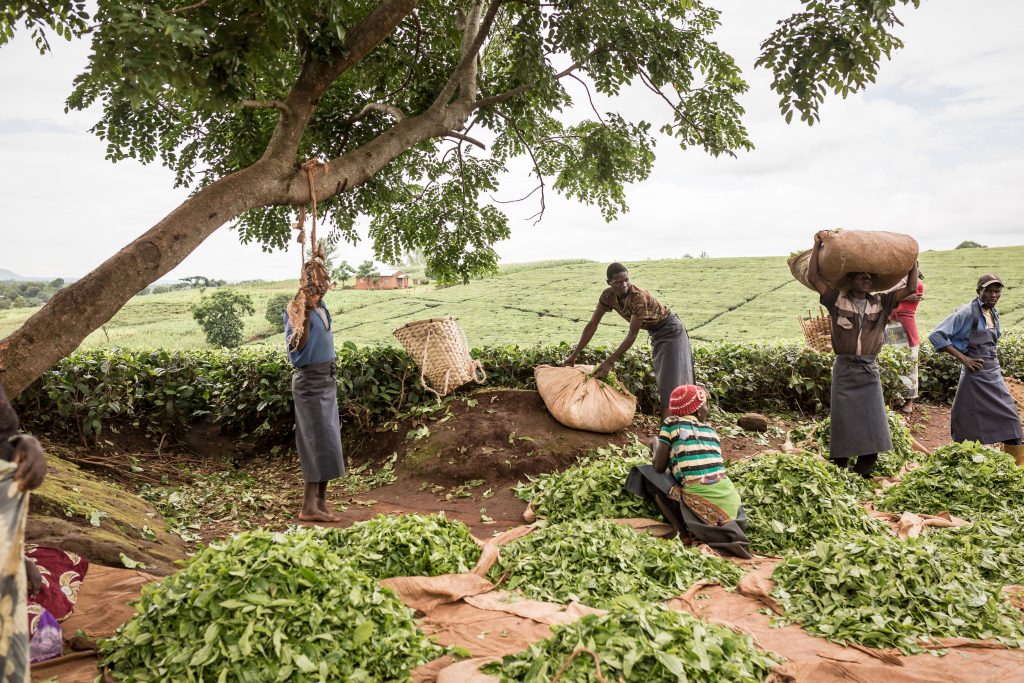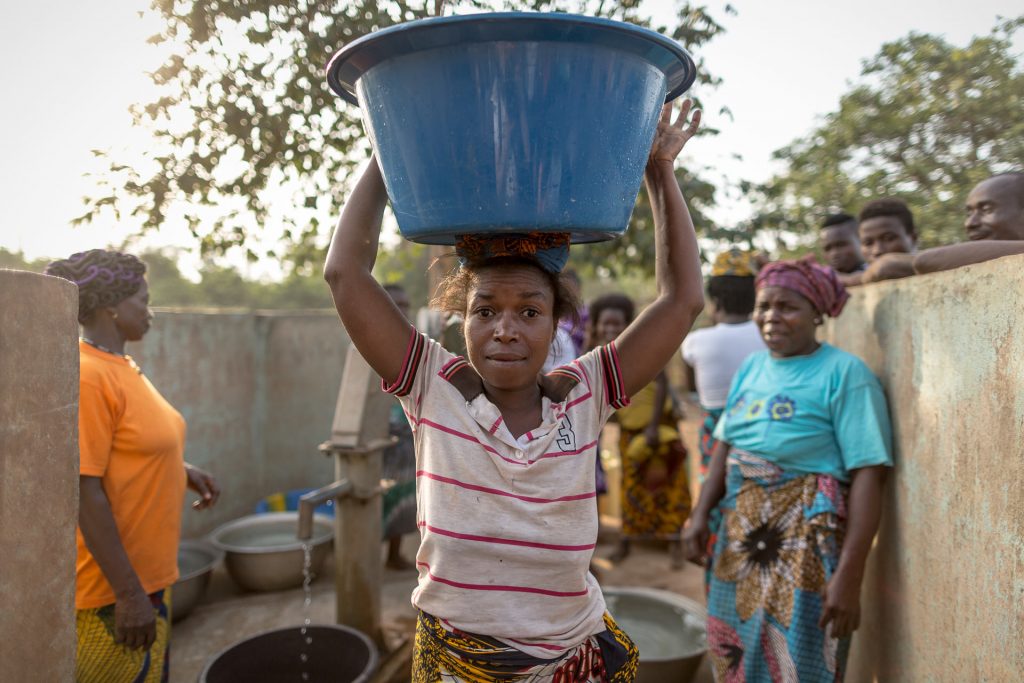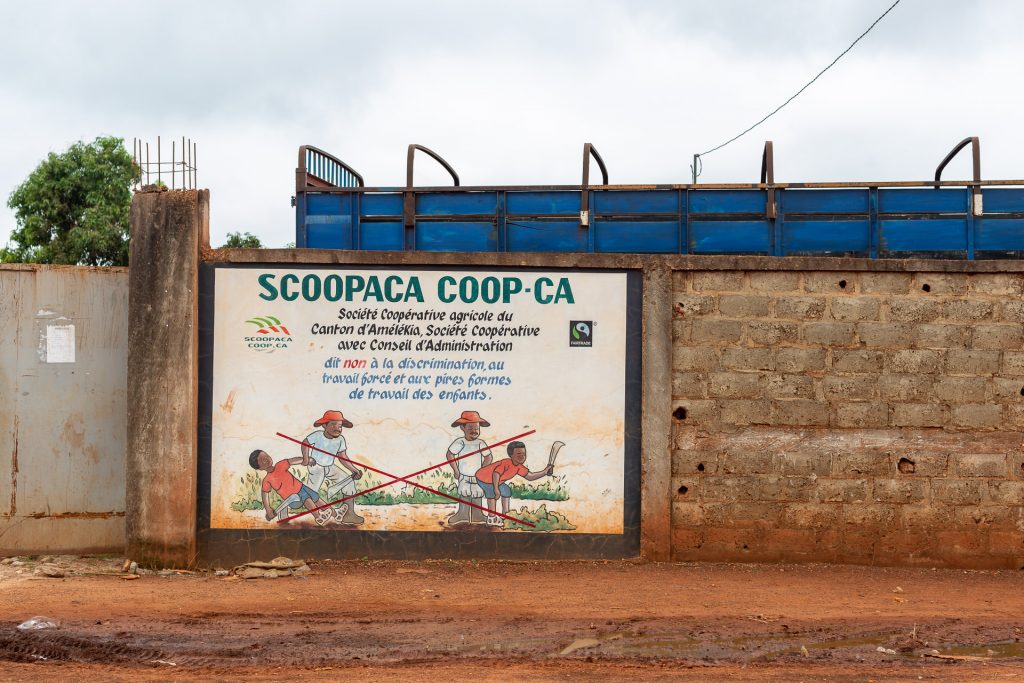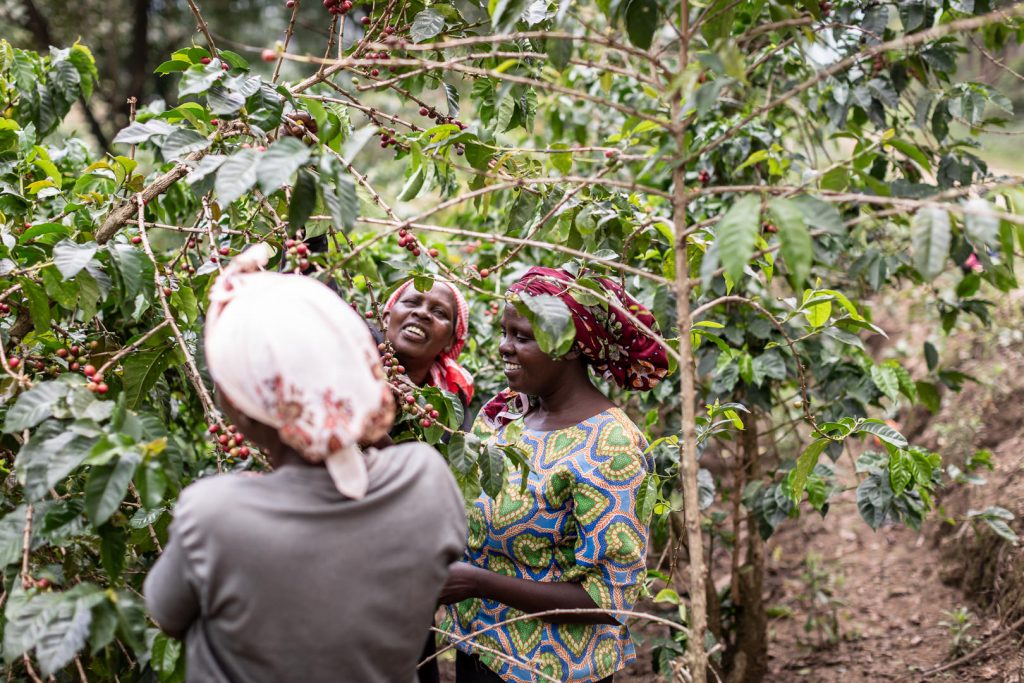The best BBQ Delivery Boxes in the UK from small sustainable British Farms
‘Say it with chocolate’, so the saying goes. Well, we’re saying it with chocolate. And coffee. And tea. Where you buy your everyday luxuries from matters. Looking for the Fairtrade logo matters.
According to the latest Fairtrade report, A climate of crisis: farmers, our food and the fight for justice by 2050:
– As much as 50% of the global surface area currently used for coffee farming may no longer be suitable, due to the changing climate.
– Many cocoa growing regions in Ghana and Côte d’Ivoire – who produce over half of the world’s cocoa – will become too hot to grow the crop.
But, the impacts of the climate crisis are already affecting farmers and production.
At the end of last year, Hurricanes Eta and Iota swept through Honduras leaving devastation in their wake.
Cocoa and coffee farmers at Fairtrade certified co-operative COAGRICSAL were faced with widespread flooding, landslides, roads cut off, crops destroyed – the true cost is still to be counted.
“There are no words to describe what has happened; where our producers have lost so much, their farms, homes and families,” says Óscar Serrano, one of the co-operative’s founders.
“It is sad and painful to see everything destroyed.”
COFFEE IN NUMBERS
Coffee is the second most traded commodity in the world (behind crude oil) and it’s reported to be worth $100bn (£75bn) on the New York Stock Exchange.
In the UK we drink 55 million cups of coffee a day
Around 80% of the world’s coffee is produced in developing countries by 25 million small holders with less than 10 hectares of land
Many coffee farmers live on less than $2 (£1.50) a day
Globally, 5 corporations control around 50 per cent of the roasting and marketing of coffee (Kraft, Nestle, Sara Lee, Proctor & Gamble, Tchibo)

What does Fairtrade do?
But, this article isn’t really about protecting coffee and chocolate production. It isn’t even about the climate crisis, to be honest.
It’s about the people impacted – the mothers, fathers and children who live in extreme poverty in the name of chocolate, coffee or tea.
Meanwhile, we’re buying chocolate with the best of intentions, to ‘treat’ ourselves or someone who needs a pick-me-up; inadvertently profiting from exploitation and helping the likes of Nestlé to make upwards of £10 billion profits a year.
Fairtrade vs ‘Cocoa Plan’ and ‘Cocoa Life’: Does buying Fairtrade actually make a difference?
To be absolutely clear, we LOVE chocolate. We drink coffee multiple times a day; we totally believe a cuppa is the first step to fixing most of life’s problems.
However, we buy it from brands that treat farmers more fairly, and put their energy into systematic change, like these chocolate and coffee brands. (We haven’t done a round-up of tea yet, but we’re pretty sure Clipper and Pukka will be on it when we do).
And we don’t buy Nescafé’s Nespresso pods with their AAA Sustainable Quality Program (how much progress have they made since they launched the program in 2003?) or Cadbury’s chocolate with their “Cocoa Life” label.
In 2001 the world’s biggest chocolate companies supported the Harkin–Engel Protocol, committing to eradicate illegal child labour and modern slavery from the chocolate supply chain. In the 20 years since, not much has changed.
Worse than arguably being fairly meaningless when it comes to helping all farmers to empower themselves, these labels are priceless in making us feel comfortable enough to buy products created from exploitation.
At least they’re doing something, it makes us think. At least they’re trying.
According to who?
Well, not according to the farmers.
“We need not to make the producer a tool for production… he needs to remain a human being,” says Franck Koman, who takes care of the coordination of the Ivorian Fair Trade Network, on the Fair World Project podcast, speaking after Nestlé dropped Fairtrade from their Kit Kats to their in-house ‘Cocoa Plan’.

How does Fairtrade work? What is the Fairtrade Premium?
So, how does Fairtrade actually work?
To start with, Fairtrade only works with co-operatives. This is when small farmers join together and organise themselves democratically.
Chocolate in numbers
In the UK we eat more chocolate per person than any other European country
Globally, chocolate is a $130bn industry
Today, more than 1.56 million children work under illegal conditions on cocoa plantations because the harvest doesn’t give their parents enough income. (NORC, 2020)
30,000 adults and children are victims of modern slavery. (NORC, 2020)
In 2001 the world’s biggest chocolate companies supported the Harkin–Engel Protocol, committing to eradicate illegal child labour and modern slavery from the chocolate supply chain. In the 20 years since, not much has changed.
The belief is by encouraging farmers to work together in this way they have more resources and more negotiating power in trade relationships.
Then, Fairtrade sets a minimum price all farmers are paid for their goods i.e. coffee, cocoa and tea – regardless of its market price. So, if the market price falls the farmers are somewhat protected, if the price rises, they still have the potential to earn more. Each farmer individually receives payment for what they have harvested.
Companies who buy on Fairtrade terms also have to pay an additional Fairtrade Premium to the co-ops, which is set as a percentage of the total amount they are buying – depending on the product.
The co-ops decide how to use this (i.e. install a water pump, invest in schools or maternity units). But, a certain percentage (25% in coffee, for example) must be used to enhance productivity and quality of crop. The idea is this will help with resilience in the face of climate change.
Fairtrade provides technical support and helps farmers to build better relationships with buyers. They lobby governments. They have also introduced projects that been instrumental in empowering women farmers.

How does Fairtrade help farmers? A living income
Is Fairtrade the perfect solution? Absolutely not.
Fairtrade is the only certification to guarantee a minimum price, but even this isn’t high enough.
Even the Fairtrade price still falls short of providing a living income for farmers.
This is because of several reasons, one of which is that companies – and us consumers – are used to buying chocolate, coffee and tea at low prices.
Only 6% of the world’s cocoa is sold as Fairtrade, for example.
Fairtrade does offer a framework for companies to start paying living incomes to farmers but it’s up to the companies if they take this up or not.
It’s also important to note, a living income is determined to be enough to provide decent housing and health care, clean water and education, plus a little extra for unexpected events – such as a pandemic or the effects of climate change on harvests – helping to break the poverty cycle.
It’s a good start. But, that’s a long way from accounting for holidays or laptops – or any of the luxuries and advantages we are afforded in the UK.
So, when a brand says they’re dropping a co-op because they’ve ‘discovered’ child labour – think about what this really means. It means the parents earn so little they have no choice but to put all hands on deck.
The answer isn’t for brands to feign horror and stop buying from these farmers, only to buy from others who will have the same problems. It’s to pay the farmers more for the product they’re farming so parents can afford to send their children to school.

How does Fairtrade help farmers? Farmer empowerment
There is another significant difference between Fairtrade and other in-house sustainability schemes.
As CEO of the Fairtrade Foundation Michael Gidney explains farmer empowerment is an important aspect of how Fairtrade works.
Fairtrade is 50% farmer-owned and co-operatives decide for themselves how they spend the premiums they earn.
Gidney says:
“The commodity trade is a hangover from the days of slavery and colonialism. We are going to have to decolonise trade if we want to make it fair.”
This starts with farmers being empowered to make decisions about what’s best for their farms – and their futures – themselves.
Gidney argues initiatives like Nestlé’s ‘Cocoa Plan’ take away farmers’ ability to decide for themselves how the premium gets spent as these decisions are now more likely to be made in a boardroom in Switzerland or the UK.
Franck Koman explains the effects of this:
“When the farmer can decide what to do with the money, he puts his heart into it and it’s more long-lasting. And when he’s involved in all the decisions, it helps the farmer to feel valued and important. And he doesn’t feel like a beggar. The producer needs to be heard. He doesn’t need people to come and impose things on him. It’s important because what he does is a trade, he needs to be valorized, he needs to feel worth.”
All photos by Chris Terry, unless otherwise credited.
Main image: Street scene just outside of CAYAT cocoa and coffee farming co-operative, based around the towns of Adzopé and Yakassé-Attobrou in the South East of Côte d’Ivoire.


